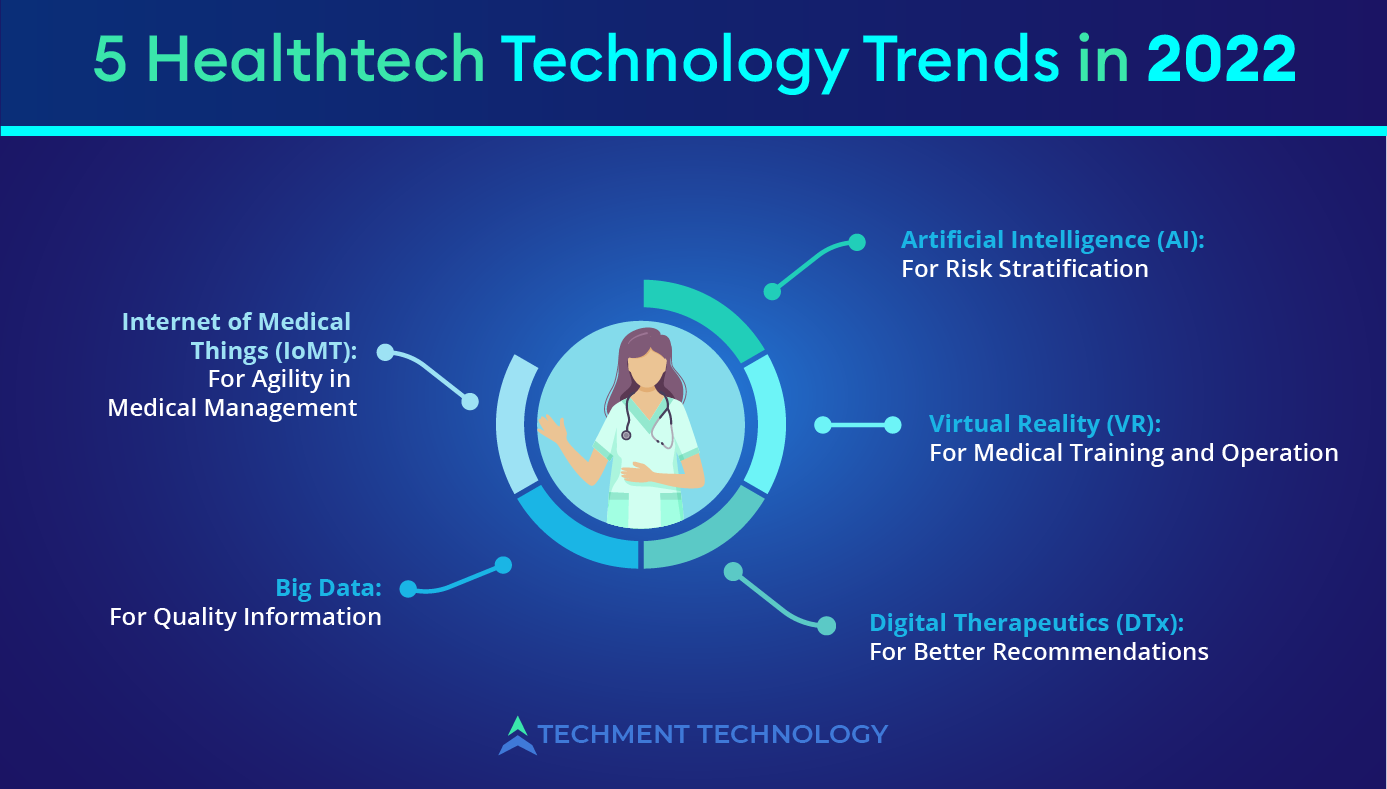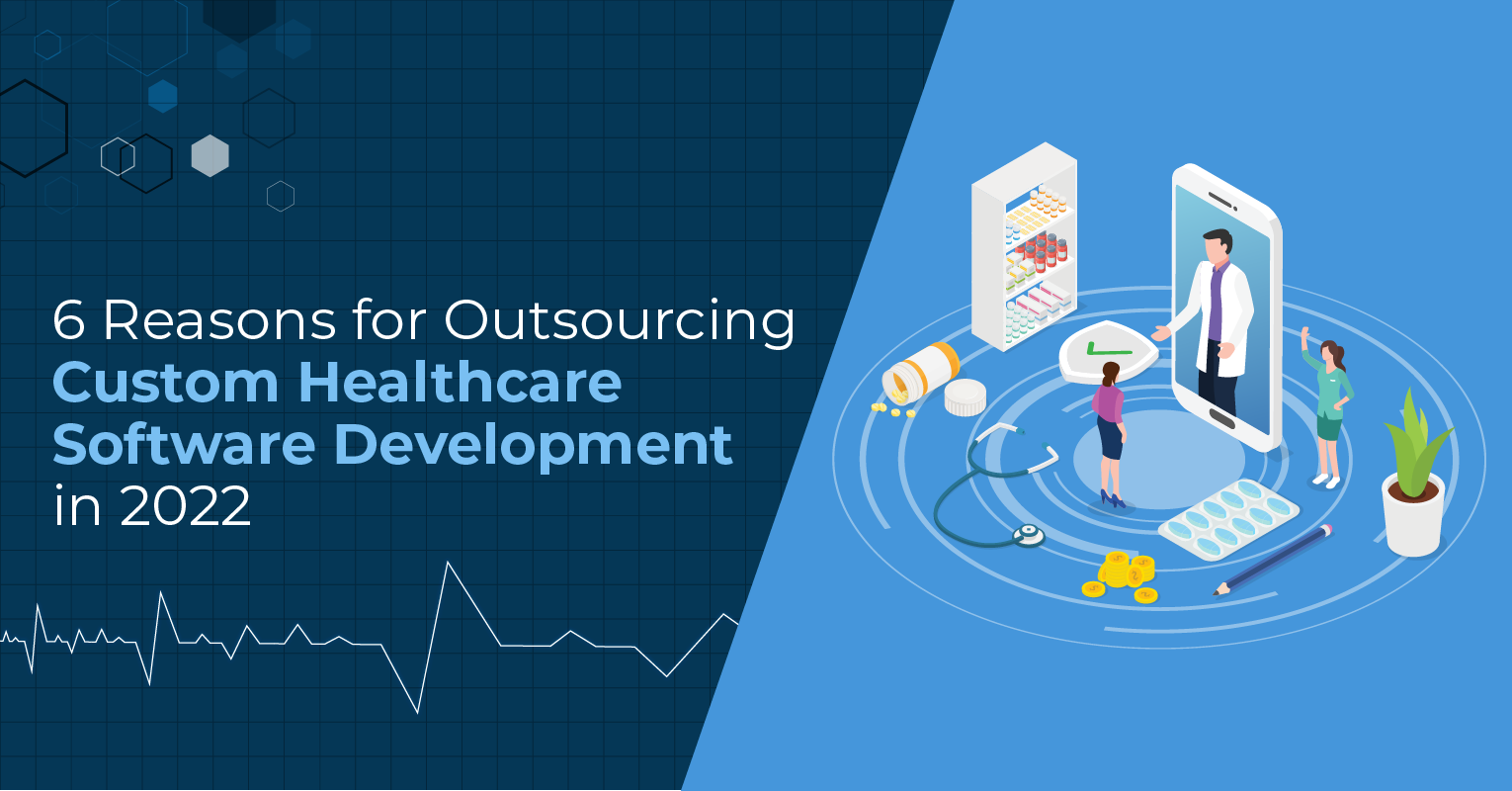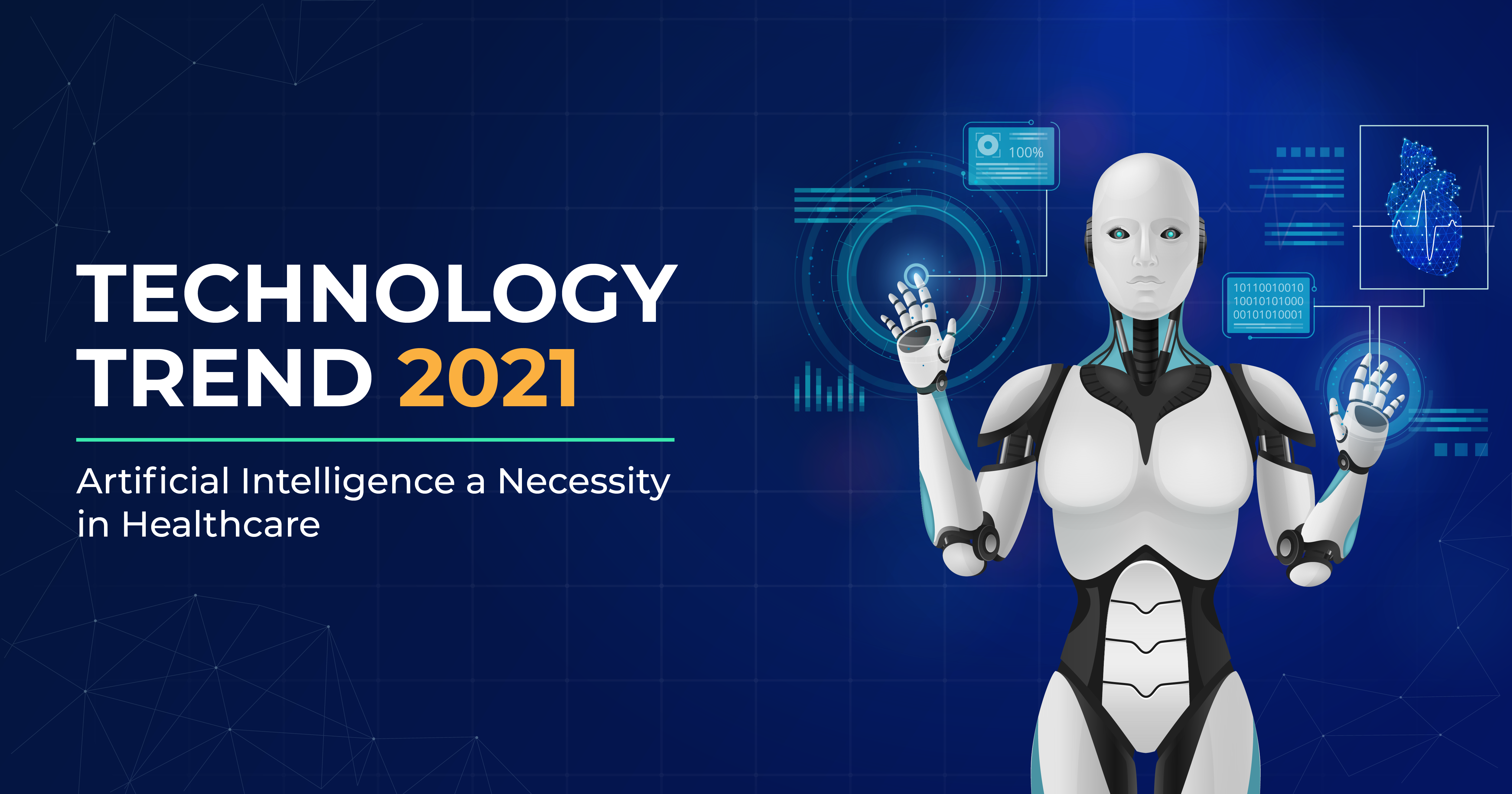Virtualization and Secure Data Sharing are Current Health Currency
The new era of the pandemic year by year has raised insurmountable challenges in terms of the number of hospitals, personal care for all patients, number of beds in hospitals, etc. The non-stop increase in cases caused havoc in the healthcare industry and alarmed about the future expectations on this front. But 2020 and 2021 saw huge disruption in healthcare industries and healthcare technologies started emerging with automation and reducing the strain on the already fragile systems.
The key challenge in the digitization of healthcare is sharing medical records through apps and devices. Being sensitive and prone to theft, patients’ record sharing technologies have always been questioned, so an application with security is significant. In 2021, Apple introduced a new feature in its health application with iOS 15, iPhone, and Apple Watch, for secure data sharing and new insights where users can share data securely with their family members or physicians, and identify, measure, and understand changes in a person’s health data.
As we see the world with the eye of virtualization, healthtech trends are also looking forward to the virtual delivery of services. Participants and partners in healthcare industries (10 forces driving healthcare transformation) are coming together to build the modern infrastructure necessary for patients’ engagement and enhance data interoperability. Hence healthcare industries in 2022 will look towards full-scale industry transformation that will be more patient-centric.
5 Healthtech Technology Trends Shaping Patient Care in 2022
A large number of non-traditional players and startups are going into the healthcare innovation arena in 2022. The digital players in the healthtech industry understand that strategic response to global dynamics and patient-expectation will directly affect patient-centric delivery and consistent positive health outcomes. So they are reaching out to these trends for a better outcome.

1. Digital Therapeutics (DTx) for Better Recommendations: It’s a trend that is a subset of digital health, which involves the delivery of evidence-based care via software, developed for both clinicians and patients. This trend has been widely recognized by healthcare industries that involve lifestyle, wellness, and clinical operations. This is faster than traditional therapeutics, with a more cost-efficient infrastructure, and lower financial risks. This functions as:
- Source of health information for making diagnosis and treatment decisions.
- Tool for monitoring and tracking symptoms.
- Support for patients who are at risk of severe diseases.
Digital therapeutics (DTx) opens up new possibilities like providing recommendations, interacting with users, and others which will mainly benefit patients of mental health and some chronic diseases. It also offers a scalable solution that has potentially global reach with minimum expenses on the technology side. Further, it will easily connect with patients to provide them with more complete, up-to-date data.
2. Internet of Medical Things (IoMT) for Agility in Medical Management: The network of internet-connected medical devices, hardware infrastructure, and software applications used in information technology, is referred to as IoT in healthcare or Internet of Medical Things (IoMT). This offers additional sources for patient data, early intervention provides new data which helps practitioners to provide better insight into patients’ health.
The use cases of IoMT includes:
- Remote patient monitoring.
- Chronic disease monitoring.
- Health assistance and emergency aid.
- Activity and sleep tracking.
- Clinical infrastructure management.
Since IoMT aligns with new industry approaches and facilitates the industry’s shift towards value-based care, it will improve the operational efficacy and contribute to higher quality treatment with reduced per-patient cost.
3. Big Data for Quality Information: In healthcare, individualizing the communication with patients is possible through big data. Complex tasks like consolidating the information requested by patients, test reports, symptoms, and different information accessible to clinicians, and conveying patients’ wellbeing status, are all simplified with big data. The medical systems in the future will use devices that will monitor the well-being of patients and help medical experts deliver high-quality care with help of big data.
The growing use of excellent data in health care in financial analytics, operational analytics, population health analytics, clinical data analytics, and other industries guides the growth of big data in healthcare (Digital Acceleration in Healthcare: 12 Mega-Trends Shaping its Transformation; Ascent of Big Data in Healthcare) across the globe.
According to the WGR report, the global big data in the healthcare market is expected to value at USD 34.27 billion by 2022, primarily due to the need for data management in healthcare, the growing patient population globally, and technological advancements.
4. Artificial Intelligence (AI) for Risk Stratification: Insight-driven artificial intelligence (AI) (AI a necessity in healthcare) is increasingly becoming a centerpiece for effective patient engagement. As cyber-attacks increase, artificial intelligence (AI) can help organizations identify probable threats or vulnerabilities in data storage and management practices before they are released.
AI in combination with natural language processing (NLP) is helpful in risk stratification (Assigning status of ongoing risk to patients), which relies on accurate risk identification to predict future healthcare expenditures of patients. AI is being leveraged to design treatment plans in oncology where these plans are highly complex where it helps in interpreting study results from the number of pages and comparing data to the specific patient cases for all physicians.
According to the Grand View Research report, the global artificial intelligence (AI) in healthcare market size is expected to expand at a compound annual growth rate (CAGR) of 41.8% from 2021 to 2028.
5. VR for Medical Training and Operation: Doctors, surgeons, and medical students can learn how to provide patient treatment and can perform complex surgical procedures safely during surgery. VR decreases the probability of medical errors and improves value-based care.
Since patients remain in isolation, some health care organizations can consider the launch of increased VR programs for self-sufficient rehabilitation exercises and deal with chronic pain in near future.
Clinical Mobility to Consolidate the Healthcare Ethos in the Future
For the transformation of health care to be advantageous for healthtech organizations and people, it must be based on principles like digital equity (which is equal access to health services), the adjustment of digital health models according to the needs of local communities.
Throughout 2022 and beyond, external factors will motivate healthcare industries. COVID-19 has forced health systems to recognize the need for innovation and initiate meaningful and widespread implementation. Healthtech industries will embrace clinical mobility, which is still in the early stages of the transformative aspect. Hospitals have started to lay the groundwork for implementing clinical mobility by equipping nurses with mobile devices and linking data from healthcare equipment, supplies, and information systems. Patients in the new generation are welcoming and expecting the technology to be part of their health treatment.
Techment Technology helps partners to get software solutions that provide value-based and patient-centric care. Our skilled developers assist in developing healthcare solutions i.e., consumer health apps, patient management tools, etc. To partner with us and receive a free consultation, contact us.
 All Posts
All Posts


